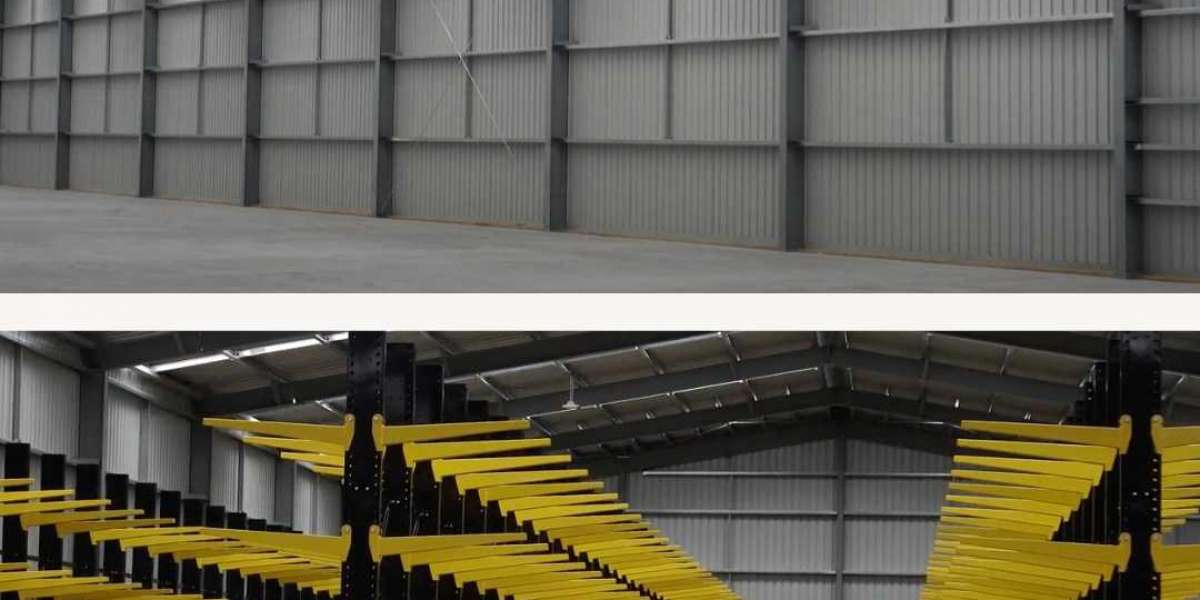The automotive plastics market for passenger cars is undergoing significant changes in 2024, driven by innovations in material science, shifting consumer preferences, and regulatory pressures. As car manufacturers aim for lighter, more fuel-efficient, and environmentally friendly vehicles, the demand for automotive plastics is soaring. Here are the top trends shaping this evolving market:
According to Stratview Research, the automotive plastics market for passenger cars was estimated at USD 24.73 billion in 2023 and is likely to grow at a CAGR of 7.75% during 2024-2030 to reach USD 41.82 billion in 2030.
1. Lightweighting for Fuel Efficiency
One of the most critical trends in the automotive industry is the push toward lightweight materials to improve fuel efficiency and reduce emissions. Plastics, particularly high-performance polymers such as polypropylene and polyurethane, are replacing traditional metal components. These lightweight materials not only contribute to better fuel economy but also help meet stringent government regulations on carbon emissions.
2. Electric Vehicle (EV) Growth Driving Demand
The rapid growth of electric vehicles (EVs) is significantly impacting the automotive plastics market. EV manufacturers require lightweight materials to offset the weight of battery packs, enhancing vehicle range. Plastics are ideal for EV components, from body panels to interiors, where they improve energy efficiency while maintaining durability. In 2024, the increasing penetration of EVs will further drive the demand for high-quality, lightweight automotive plastics.
3. Sustainability and Recyclability
With heightened environmental awareness, car manufacturers and consumers are placing greater emphasis on sustainability. Recyclable and bio-based plastics are gaining traction as the industry shifts away from fossil fuel-based materials. The introduction of bioplastics, derived from renewable sources like corn starch or sugarcane, is expected to play a crucial role in making cars more eco-friendly. Automakers are also working to incorporate recycled plastics in car parts to reduce waste and carbon footprints.
4. Advanced Safety and Comfort Features
As the demand for passenger cars with enhanced safety and comfort features rises, plastics are becoming integral to meeting these needs. Plastics are increasingly used in advanced safety systems, airbags, and vehicle interiors for their impact resistance, flexibility, and ease of design. Innovations in polymer composites are enabling manufacturers to create safer, more comfortable driving experiences without compromising vehicle weight.
5. Aesthetic Flexibility and Design Freedom
Automotive plastics offer greater design flexibility than metals, allowing manufacturers to create visually appealing and ergonomic interiors. In 2024, consumer demand for personalization is driving the use of customizable plastic components in car interiors, from dashboards to seat fabrics, enhancing the overall aesthetics of passenger vehicles.
As these trends unfold, the automotive plastics market for passenger cars is poised for continued growth, driven by the need for lighter, more sustainable, and customizable vehicle solutions.







